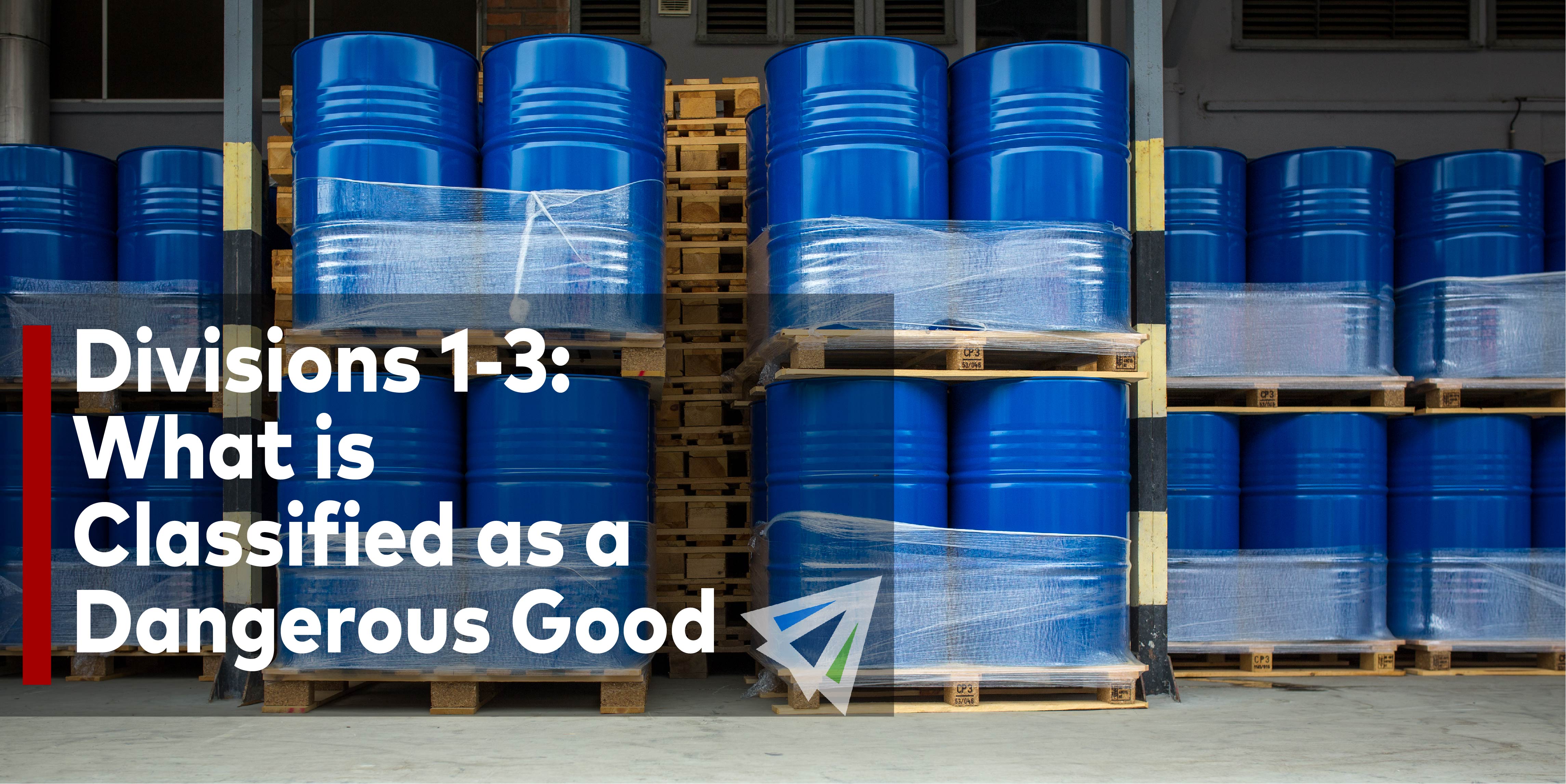You don’t need us to tell you that there are a ton of legalities and requirements for the handling and transportation of dangerous goods. The truth is, these are in place for the safety of those manufacturing, handling, and shipping the cargo, as well as those who’s cargo may be shipped alongside the dangerous goods.
All the being said, it’s incredibly important to understand exactly what products (or state of a product) warrant the “dangerous good” label. We’ll do our best to lay this out in a simple, easy to comprehend manner:
What Are Dangerous Goods?
A ton of the stuff that we use on a day to day basis is actually quite dangerous and risky for airlines or sea vessels to transport, such as lithium ion batteries. Products such as dry ice or pressurized cans such as aerosol whipped cream are dangerous as well.
Keep in mind the term “dangerous goods” is often used synonymously with “hazardous materials” or “hazmat” is case you ever come across those.
Dangerous materials are categorized by the Department of Transportation into nine different categories. These categories essentially describe different types of levels of risk associated with the product being shipped. Here is a high-level overview of the first each of the nine hazard categories:
Class 1 – Explosives (Divisions 1.1 through 1.6)
we would totally bore you out of your mind by copy/pasting the specifics regarding each “Class 1” variation, but here’s a way to keep it simple:
If it blows up, it’s explosive. If it could very rapidly release gas and heat, or by a chemical reaction on its own function in a similar manner (even if not designed to explode), it is a Class 1 explosive. Here’s a very quick summary of each division:
1.1 – Mass explosion hazard
1.2 – Projection hazard only
1.3 – Fire hazard and minor blast or minor projection hazard
1.4 – Minimal hazard
1.5 – Blasting agents
1.6 – Very insensitive detonating articles
Class 2 – Gasses (Divisions 2.1 through 2.3)
Gasses are almost always transported under pressure for the sake of saving space. However, the act of compressing a gas makes it a danger to those handling the cargo. A simple air cylinder carries 2000 cms2 with an internal pressure of 440lbs/cms2 . That’s roughly 8 million pounds of pressure (or 4,000 tons).
Here’s a summary of each division under Class 2 explosives:
2.1 – Flammable gases
2.2 – Non-flammable, non-toxic gases
2.3 – Toxic gases
Class 3 – Flammable Liquids
Flammable liquids is a pretty broad category that includes a lot of different types of liquids. However, you’ll most likely be aware of whether or not the liquid your shipping is flammable.
Industrially liquids aren’t only a fire hazard in liquid form. If certain liquids are warm enough, vapor is produced, and vapor is bad news in the shipping industry. Firstly, the vapor can be toxic and harm other products or personnel handling the liquid. Secondly, vapor is often the easiest substance to ignite, since it can work it’s way out of poorly sealed containers, it poses a major fire risk.
Our team at Interlog USA has decades of experience and would be happy to answer any questions. Feel free to reach out to us anytime!
